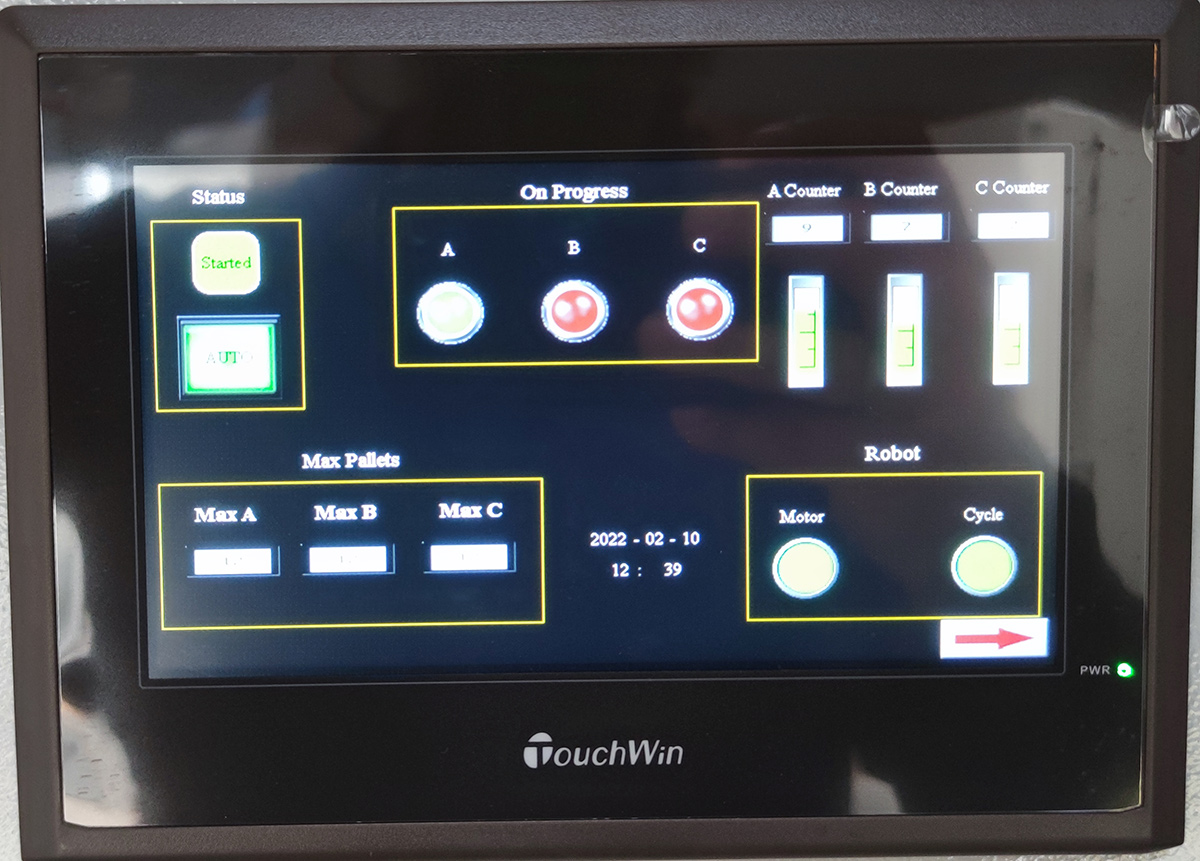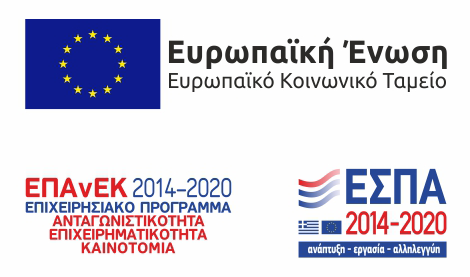Various phases of the process of processing marble slabs are currently carried out manually by experienced craftsmen:
- Their resination in which a craftsman detects structural and appearance defects (e.g. cracks, cavities, etc.) in the plate and covers them with resins.
- Their visual sorting in the final stage and their categorization into A-B-C qualities.
Although it would be possible to use robotic arms to assist experienced craftsmen (e.g. for resination) or even complete replacement (e.g. in sorting), there is no suitable software available for the visual identification of natural rock defects that would move the arm to process them with the appropriate procedure.
This particular proposal concerns precisely the development of all the individual necessary subsystems and their completion in an advanced machine vision software for the detection and detection of various quality characteristics of marble tiles, with the aim of automating their sorting process..
The proposed software, in the form of an experienced robotic vision system, will direct and control kinematically a general-purpose industrial robotic arm, equipped with a suitable tool in the end-effector (e.g. grab or suction cup).
The process of sorting the marble tiles (described in detail in the attached Annex I of the present) also raises issues of safety of the staff, due to the weight of the tiles and the strain on the employee during their palletization.

The project will be implemented in the following distinct research phases:
- Detailed recording of manual tile sorting. The sorting process for various types of marbles, mainly Greek (e.g. Drama, Kavala, Thassos) will be recorded (with cameras and other equipment). The images will be registered in a database and classified based on their qualitative characteristics.
- Development of a visual screening algorithm. The recorded images and their quality characteristics will feed into an experienced machine vision system that will be developed with Deep-Learning technologies. The trained system will be computerized and verified.
- Development of automation of visual sorting. It includes the integration of systems and the integration at laboratory level of mechanical vision automation and robotic control of industrial arm. In the laboratory areas of the TEI AMTH, a pilot application will be created: a production line (final phase of sorting) consisting of:
-
- drive belt, where various ready-made tiles will be placed
- an artificial vision system,
- industrial robot – articulated arm and
- hardware-software for the operation of automation and guidance of the arm.
Within the framework of the present proposal, an "intelligent" algorithm for the sorting of marble tiles will be developed, consisting of three distinct methods of processing hierarchically executed.
The algorithm will make use of advanced methods of artificial vision, pattern recognition and machine learning to give the system perception and intelligence capabilities similar to those of an experienced screening technician.
In particular, the algorithm will make use of geometric models, color characteristics and "deep learning" ( deep learning" models. ), each of which will be run in parallel on GPUs (graphics card) to accelerate calculations, ensuring short response time and meeting the real-time operation needs of the sorting system.
The main result of the project will be a complete and complete operational system of automated sorting of marble tiles, level TRL 6, with customization specifically for Greek marbles, consisting of:
- Algorithm of mechanical vision (pattern recognition) and Deep Learning technology.
- Integrated system (embedded system) of interoperability of mechanical vision, with robotic arm.
- User interface software for the configuration, management and operation of the above system.
- Training Dataset screening images from Patterns of Greek marbles.
- Validated, verified operation in a laboratory pilot automated sorting device (TRL 6).









